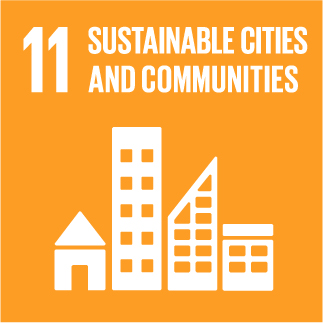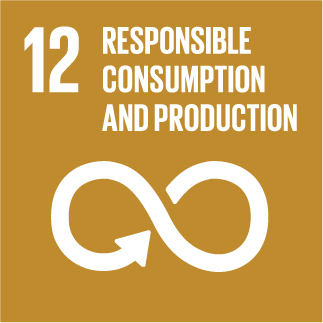Integrated manufacturing of REciclable multi-material COmposites for the TRANSport sector
In Situ Self?Adaptive Structure Evolution Under Volume Fluctuation Toward High?Performance Silicon?Based Anode
The structural changes of silicon?based anode materials remain inevitable under significant volume fluctuations. By combining rational structure design and multi?scale characterizations, an advanced in situ adaptive evolution mechanism of silicon?based anode is demonstrated. Based on this mechanism, as?designed Si@h?SiOx/C delivers excellent electrochemical performances in both half and pouch cells.Alloy?type anodes have become the most promising candidates for the next?generation energy?dense lithium?ion batteries, but structural collapse caused by intrinsic volume fluctuation is the key bottleneck to their practical applications. Herein, an innovative self?adaptive structural evolution strategy toward electrochemically stable Si?based alloy?type anode is proposed, which breaks the conventional ideas that pursue the immutability of the initial structure. Particularly, interconnected commercial Si nanoparticles are covalently coated by amorphous homogeneous composite SiOx/C (h?SiOx/C) layer, forming a “pea?like” core–shell structure. After charge–discharge cycling, as?designed Si@h?SiOx/C evolves into a more stable micro?sized “spherical?like” particle with Si always well protected by h?SiOx/C layer. Furthermore, inner SEI microdomains and cavities are also formed, which can provide rapid transport pathways for Li+ and accommodation space for volume expansion, respectively. Accordingly, Si@h?SiOx/C displays excellent performances in both half and full pouch cells. 3D reconstruction, in situ optical microscopy and finite element simulations have been conducted to deeply analyze the structural self?adaptive mechanism. This work provides new insights into optimizing Si?based alloy anodes via dynamically self?adaptive regulation, replacing conventional static structural design paradigms.

» Publication Date: 10/11/2025

This project has received funding from the European Union's Horizon 2020 research and innovation programme under grant agreement Nº 768737


